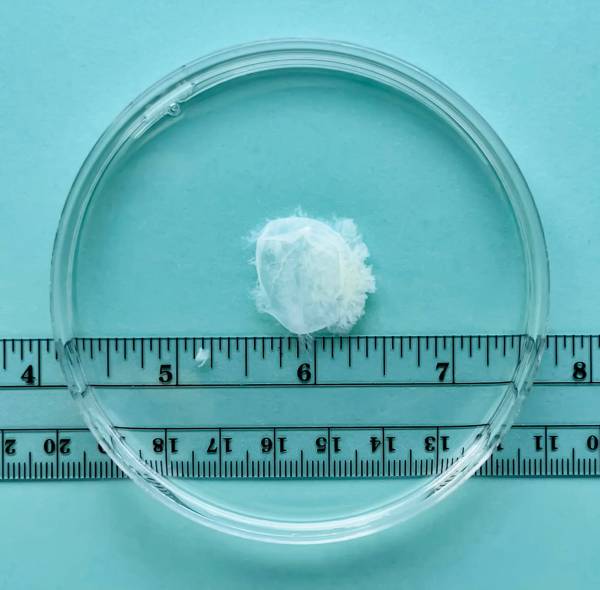The failing New York Times sometimes manages to churn forth something important. I’m recommending this article. [nyt]
Early Abortion Looks Like This

It’s not a long piece, and the picture pretty much says it all. I think it’s a pretty effective response to the forced birthers’ constant photos of cute babies, etc.
That’s a strategy that has always blown up, with me, because I really really really loathe babies. I know, I know, I was one once – which is partly why I loathe them. Anyhow, give it a read.

I also suspect that the tissue has been washed. No blood or anything? (i.e.: is this also propaganda)
The paywall at NYT can be heinous. But that’s their problem.
I find Doug Stanhope to be on the edge of problematic, but very funny. Here he tackles an important problem by trolling the right-wingers in his audience: [warning: body horror]

One might turn off JavaScript for nytimes.com.
Or use the wayback machine at archive.org:
https://web.archive.org/web/20230124170327/https://www.nytimes.com/2023/01/22/opinion/early-abortion.html
@Patrick Slattery:
Hahaha, thank you!
I have little pity for the media, who felt that “give our content away for free to drive eyeballs for our site!” was a good strategy – and then changed horses in midstream when they realized it wasn’t.
Of course the tissue has been washed. There is no point in taking images of unwashed tissue, everything gets obscured by blood. It is sitting in some buffer, most likely some version of PBS (phosphate buffered saline). That’s what you normally do with any kind of tissue you want to analyze, take images of, experiment with, or eventually preserve. (The only embryos I ever did stuff with were mouse embryos.)
What, a wailing bundle of pooping human that interrupts your sleep multiple times per night doesn’t sound like fun? I adored my own babies, and their babies are just as adored, but otherwise I’ve always preferred puppies.
It’s refreshing to see an actual early pregnancy depicted correctly. It’s mostly a placenta, umbilical cord, and the chorionic membrane for the first 12 weeks of human gestation.